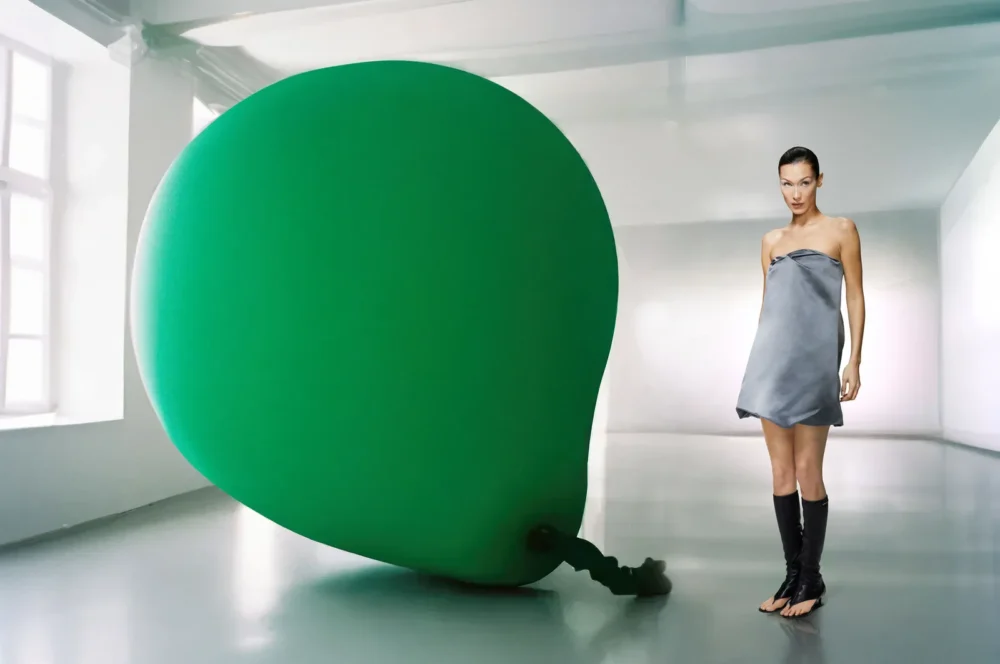It seems we were expected to clap and cheer and act impressed by the fact that in a meeting of the editorial staff at Business of Fashion (BoF), only a “slight majority” correctly guessed which image of model Mathilda Gvarliani, provided by the Swedish multinational retailer H&M, was a photograph and which was generated by artificial intelligence. Of her identical encoded flesh, Gvarliani, says, “She’s like me, without the jetlag.”
In the past week, to no one’s surprise and to everyone’s disappointment, the fast-fashion juggernaut H&M announced its decision to incorporate AI-generated models into its social media posts and marketing campaigns. This year, the brand aims to achieve 30 such iterations of real-life fashion models, which models and agencies themselves can further deploy to generate their own revenue by selling these “twins” to “any brand they choose, including H&M’s rivals.” For the models, this will entail an initial complete subjection to the camera’s gaze, composed of several pictures, “in motion, from different angles, and in different lighting.” From this, H&M will capture the somatic original down to their birthmarks and movement patterns, extracting and ingesting sufficient data for the creation of perfect beauty in an “accurate” double.
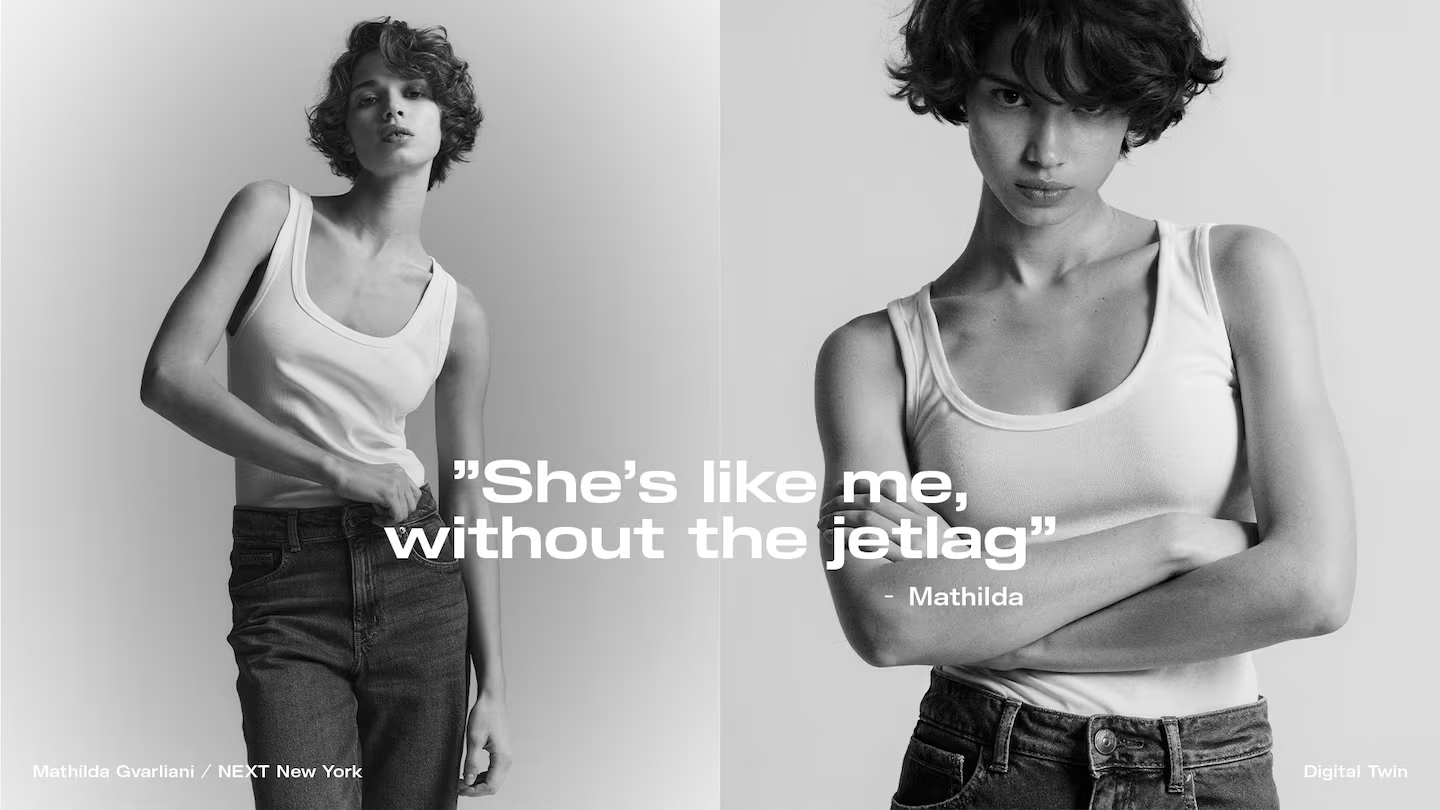
When Creativity Becomes Code
As the frontier between techno-mechanical efficiency and human labour grows in the direction of the former, under-girded by a fetish for money and market power in fast-fashion as much as in high-fashion, I am reminded of German philosopher Martin Heidegger’s rebuke against the culture of thinking in the modern age. “The most thought-provoking thing in our thought-provoking time is that we are still not thinking,” Heidegger said. In the case of the AI fashion model, it’s hard to disagree. As models find themselves uprooted from the making of entire campaigns and commercial shoots, entire artistic teams expect to be displaced too, their craft rendered obsolete. The most thought-provoking fact of this already unsettling scenario, then, is the possibility that in the not-so-distant future, a generative language model may be doing all the dreaming, creating, and thought-provoking for us.
H&M itself, select real-life models, and their agents reason that AI doubles are a good thing. Supposedly, as Yar Aguer, one digitized model said, it’s a good thing that there is “Finally a way for me to be in New York and Tokyo on the same day.” As a show of her double’s efficiency, model Vilma Sjöberg testifies of her boyfriend’s inability to “tell the difference between a picture of the real her and the one created by AI.”
Moreover, in the name of breaking open new revenue streams, confusedly equating technological advancement with innovation, and blindly identifying mechanical efficiency with operational excellence, H&M itself claims to be oblivious to the potential negative impact their digitized twins will have on not just models but also “the other workers who make fashion imagery possible.” Considering wardrobe and hair stylists, photographers, makeup artists and others across e-commerce and editorial spheres, entire careers risk being monumentally upended if fashion continues down the path of the AI image marketing tool. “AI is cutting across everything in the world today, and it will have effects on everything,” Jörgen Andersson, chief creative officer of H&M told BoF. “What effects we don’t know.”
On a larger scale, though a company like H&M frames their digital doubles and similar AI marketing gimmicks as protections of human models’ rights, pledging a fairly negotiated compensation for usage rights, questions arise about not just the future of artistic labour but the kind of precedent being set for fashion as an artform in itself. With any material rigour, embodied effort, and soulful human experience cast out from even the most forward-facing aspect of fashion—the aesthetic image—what does creativity in fashion, the idea of a fashion brand itself, begin to look like if not merely a tech company that sells clothes? If an entire campaign can be generated from AI—as Spanish fast-fashion brand Mango did for their teen line in 2024—we consumers must also interrogate why we would and have been persuaded to spend by the appropriation of a thing rather than the thing itself. Of course, for now, this is a problem somewhat exclusive to fast fashion. But who knows, if H&M can get away with a digitized doppelganger today, Chanel might follow tomorrow, and then we would really have a problem on our hands.

The Aesthetic and Existential Threat
Fashion has always mattered beyond mere commerce. As an affective expression across culture, gender, sexuality, and other social positions, fashion is also a medium for both aesthetic labor in the artistic sense and political identity in the personal sense. By bringing AI into this space, we promise to mechanize and homogenize an industry that so exists through such human intuition, bodily presence, and lived experience. In the most reductive sense, it is like extinguishing a living person into a hologram functional only to the interests of the machine it serves: the industry, money, efficiency, power.
In reducing models to generated images, fashion risks becoming a closed system. I hate to sound dramatic, but in critic and philosopher Walter Benjamin’s seminal 1935 essay The Work of Art in the Age of Mechanical Reproduction, he defines this as a ‘death of artistic aura’ and an advent of fascism if not fascism itself. And we can hardly feign surprise at finding ourselves here. Following the industry’s move against models inhabiting flambuoyant, expressive personae on and off the runway as in the late 20th Century, whittling them down to stiff, unknowable machines in an effort to evoke store mannequins and make the clothes sell, its hardly surprising that brands might want to progress to actual stiff, efficient, unknowable machines in the name of achieving efficiency.
But, while AI may possess computational intelligence within specific epistemic frameworks, it cannot think for itself. Combine this with a fashion industry already operational around a business profit motive, and you get a cycle of efficiently self-replicating aesthetics devoid of genuine human input, and fraught with negative sartorial value. Who in their right mind would want to buy that?
In Benjamin’s essay, he describes this death of artistic aura—the magic by which art takes on ritualistic beauty and power—as the result of art being mechanically detached from the domain of tradition. Tradition in fashion used to mean sartorial grandeur; wonder at a delicate, slowly-rendered hand-stitch, and time taken to make a garment worth the while. Now, with those factors moved to the luxury end, truly beautiful fashion is expensive and inaccessible to most of us who cannot afford such scarce pleasures in our fast-paced industrial age. Instead, we opt for the undead, cheap, and sweat-shopped artifice of fast-fashion spectacles like H&M, Zara, UNIQLO, and the especially wicked SHEIN.
Aesthetic death becomes a kind of solitude. We feel it in the very fabric of fast fashion—the way its materials betray the absence of thought beyond the relentless imperative to ‘sell, sell, sell.’ After just a few nights out, the plastic-ky sheen of a new Zara bag withers into wrinkly, leathery mass. Maybe the strap snaps off altogether, sending you back to buy another. Suddenly, you find yourself caught in a cycle of buy-dispose-rinse-repeat, where craftsmanship comes second to the illusion of a good dress, the brand gets its easy buck, and the waste piles up, poisoning land, air and sea all the while.
Similarly, with AI-generated models and marketing campaigns, there is no creative act involved beyond the issuing of a prompt and an image regurgitated and edited by the generative model. Also similar is the environmental cost they exact. Tucked away somewhere, their behemoth servers endlessly belch electronic waste, churning up cocktails of planet-warming greenhouse gases, and gorging upon already dwindling repositories of fresh water. As the complete opposite of the inherently creative act of thinking, AI also completely lacks the cultivation of sensory and affective experience, the physical embodiment, and the personal history essential to the literal act of creation as opposed to reproduction.
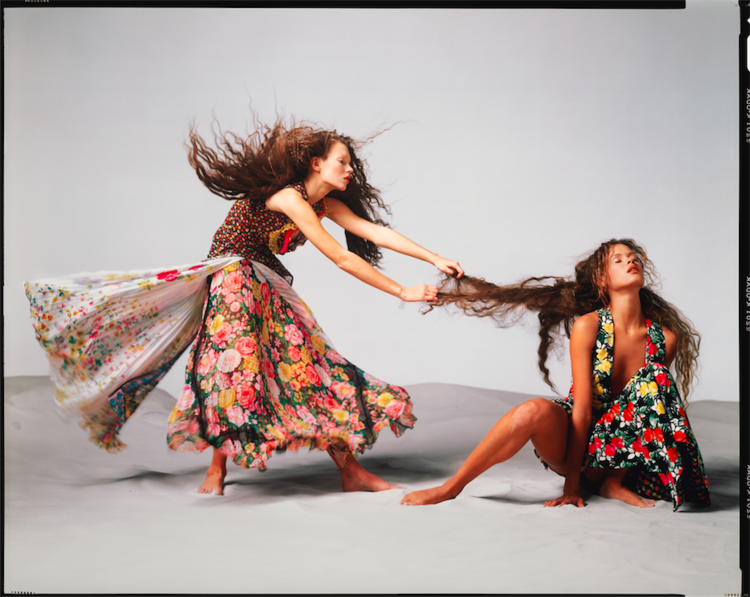
Algorithm as Art
H&M’s decision to replace embodied models with AI-generated imagery mirrors the broader move towards diminishing the necessity of human engagement in artistic labour, which Benjamin foresaw. Describing this trend, the philosopher spoke of a cultural fascism which “sees its salvation in giving these masses not their right, but instead a chance to express themselves.” He closes his essay with a scalding pronouncement of humanity’s self-alienation from our sense of ritual value, whereby we experience our own destruction as “an aesthetic pleasure of the first order.” By this logic, we crave a beauty that does not strike us, but rather strokes us with familiarity; art that does not challenge us, but remains accessible enough through little effort, tantamount to an aesthetic and affective act of masturbation.
In a world where fashion is reduced to a sordid cycle of algorithmic optimization, how will a marketing campaign still function as a mode of self-expression if there is no self being expressed? AI does not bear a cultural identity of its own, so what cultural discourse could it speak to and unite people around? The essence of art exists not only in the final product but in the performative act of its creation. So then, on what level can AI perform a task so much as simply reproduce a set of orders? As fashion consumers, acquiescing to this system would mean that fashion, as the domain of thinking and creation we assume it to be, would cease to exist.
Along with their agents, the models H&M digitized don’t seem to consider that beyond the model, the team that works around them also has the right to be on set. If a model cannot make a job with H&M, there is no shortage of models who would sacrifice a limb to take their place. So we ask: If a model’s digital twin can work multiple jobs simultaneously, does this create a tiered system in which only the most in-demand models thrive while others are phased out? Wouldn’t that be unfair, then, to this program’s goal of ‘protecting models rights’ if it only guards the interests of a select few models?
So long as they reap certain dividends from parceling out their likeness, there seems to have been little to no thought applied to the possibility of eventually “losing a campaign to a JPEG of yourself,” as one Instagram user commented under a BoF post announcing the move. And then, will brands still pay the digitized doubles the same amount they’d give to a real-life model? While H&M asserts that models will be compensated for their digital likeness, it remains unclear how this business model will evolve over time. Historically, however, for-profit companies will always take the cheap end, and it will come as a surprise to no one when, in this case, they do so again.
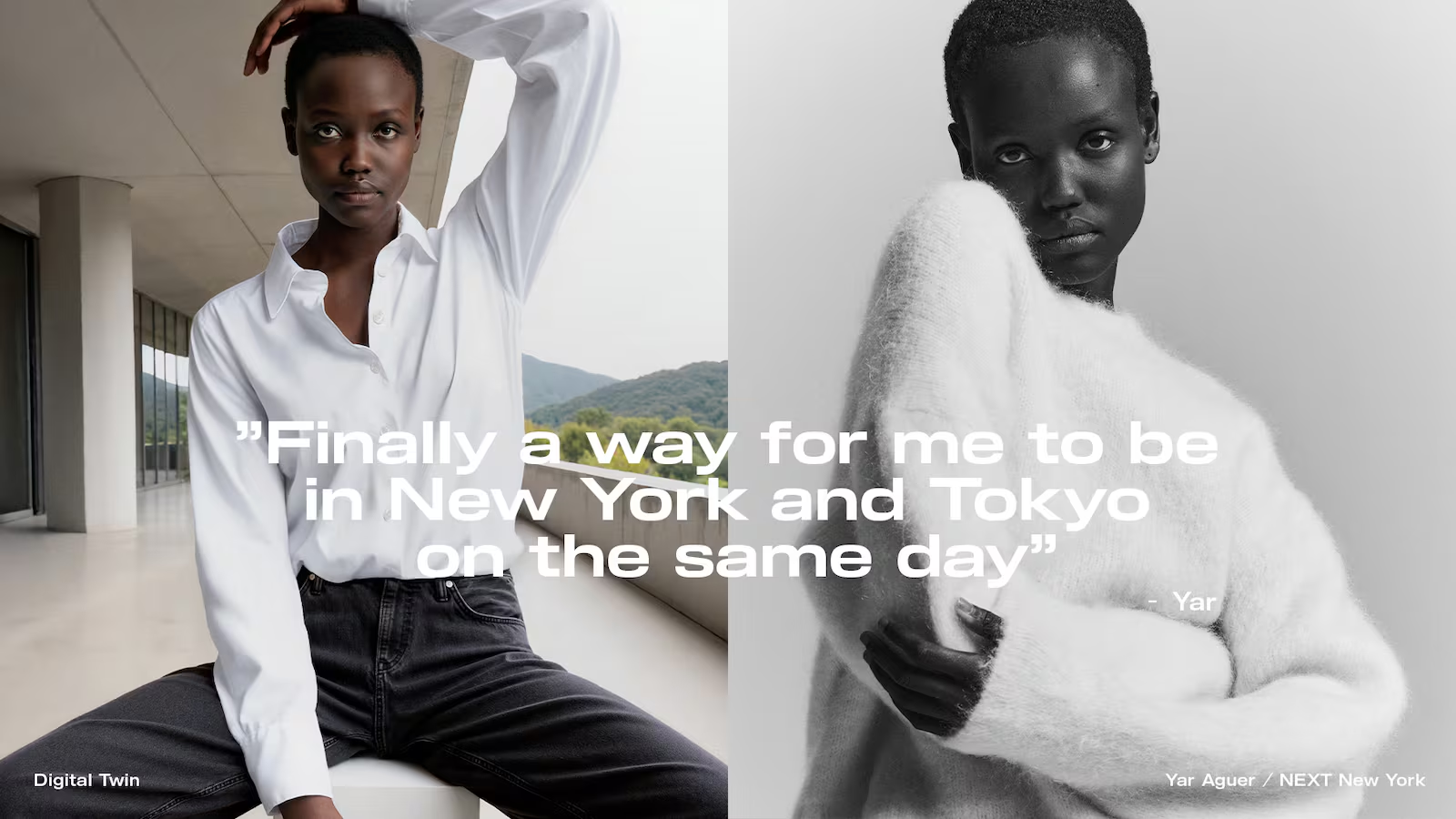
Artistic Labour Turns Precarious
If history teaches us anything, it’s that mass market brands will prioritize financial efficiency over artistic integrity at the first chance they get. The promise of AI in fashion, much like the spectre of automation poses to other industries, fundamentally defines itself in increasing productivity and reducing overhead costs. Just as the advent of photographers once displaced painters as the dominant producers of visual representation, AI now threatens to do the same to photographers, stylists, and other creative professionals altogether. The only difference is that while photography functions by negotiating human emotion towards sensory experience, AI simply cannot exceed the domain of robotic reproduction to conceive the magic of Stephen Meisel or Richard Avedon.
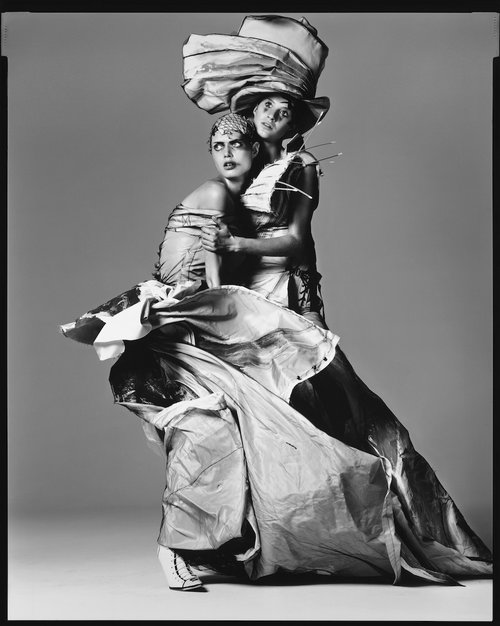
In grasping for better returns, H&M could set a precedent against the collaborative, communal nature of traditional fashion shoots, replacing them with isolated acts of digital curation and the torpid banality of a nine-to-five tech office job. For campaigns especially, that vibrancy comes not just from the final image but from the embodied process of its creation. Without this process, we risk stripping the industry of an intrinsic vitality.
A Coming Dark Age for the Industry?
At its core, the emergence of AI in fashion probes an existential tension around what it means to create and experience art. Was the AI-generated background of Bella Hadid’s May 2023 Italian Vogue cover artistic? In 2023, when we criticized Levi’s Jeans announcing their plan to use AI-generated models to “increase diversity,” were we repressing art, or simply fashion, or both?
With this tension, I also ponder a small, avant-garde entity like Victor Barragán’s eponymous brand Barragán, whose aesthetic is so muddled, grimy, and discordant that it’s hard to tell what part of it is human-originated and what is a deepfake. Somehow, when Barragan posts an AI generated video of a half-naked Mark Zuckerburg, Elon Musk, and Jeff Bezos on their instagram, with the billionaires kneeling, collared, and wagging dripping tongues like profane puppies, I feel more inclined to appreciate that as art and ‘fashion’ than I would a digitized double in an H&M advertisment. At any rate, it seems impossible to convincingly appropriate AI without acknowledging its absurdity; if brands wish to take it up, they should at least deploy it with a politic against those that wish to justify the system that upholds it; not to reinforce the status quo, but to create what no human would ever conceive.
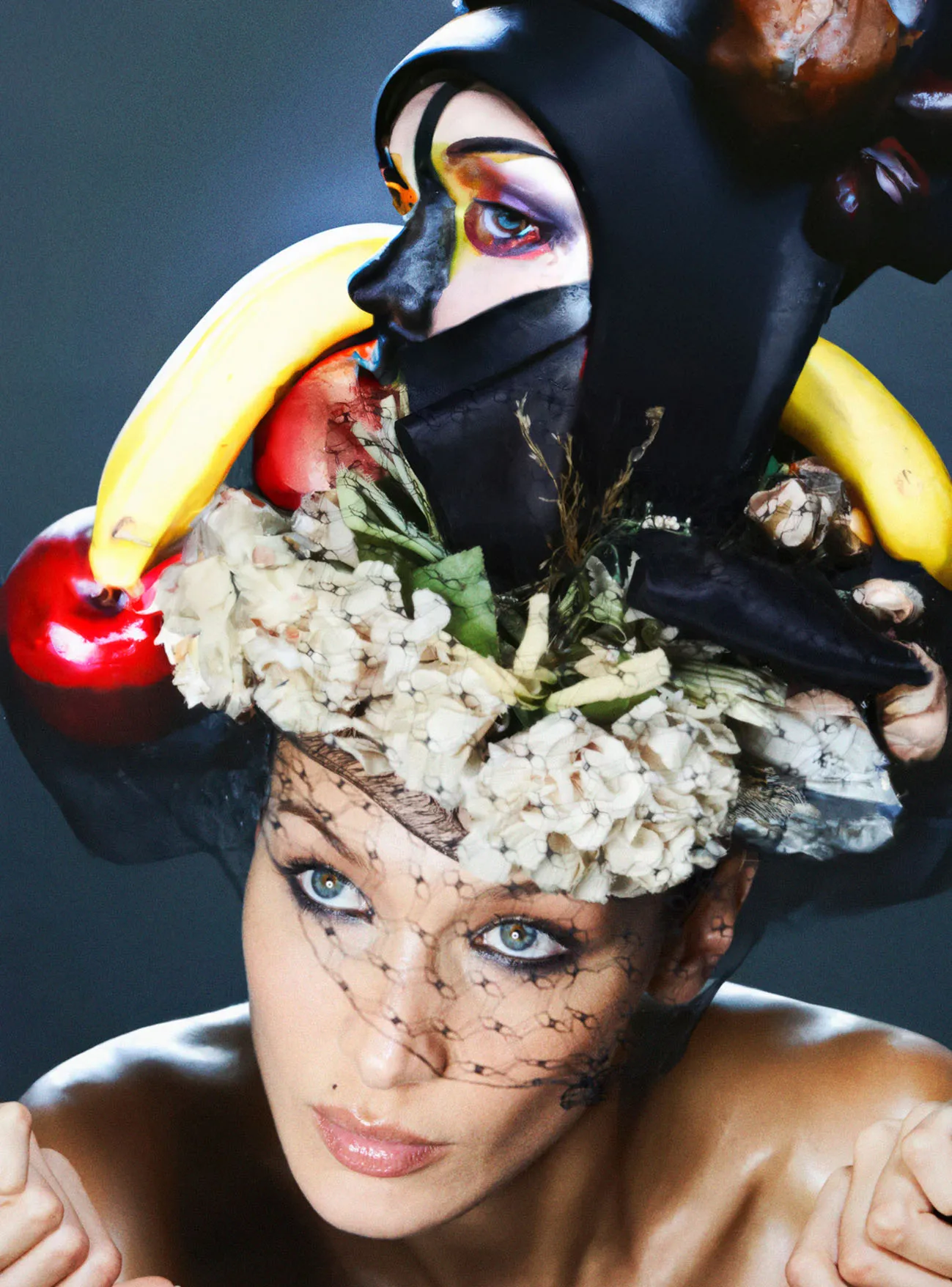
In Eichmann in Jerusalem: A Report on the Banality of Evil, German-American historian and philosopher Hannah Arendt defines thinking as an “internal dialogue between me and myself.” While AI remains unable to partake in this form of engagement given its lack of subjectivity and a sensory body, human beings possess body, mind, and—I would argue—soul altogether. To think, Arendt posits, one must seek and embrace solitude. Against the present dominance of individualism, neo-liberal ethics, and a chronically online culture, Arendt’s words at once admonish our present incapacity to seek and nurture solitude and provide a cure for the vast plague of loneliness that hounds our culture. In his book The Meaning of Thought, Markus Gabriel also describes thought as “a sense, just like sight, taste, hearing, feeling or touch” the achievement of which hinges on the embodiment of a subject.
From our solitude, we must think our way out of the gloomy possibilities that AI poses against fashion. AI may be able to replicate aesthetics, but it cannot think fashion into existence the way Lee Alexander McQueen or Virgil Abloh did, or the way Dries Van Noten, Martine Rose, and Glenn Martens do today. There is still meaning to be made from this artistic labour.
I think H&M’s AI initiative represents a crossroads. If fashion is to remain a site of aesthetic and political possibility, we must ensure that technological advancement does not usurp the need for human artistic labour. Beyond critiquing AI’s encroachment upon fashion, we must imagine new epistemic models that safeguard the essence of artistic creation. If we fail, we risk extinguishing the very soul of fashion to rest in a utopia of the banal. To this, Arendt poses a final challenge to think about: “Is evil banal?… Is our ability to judge, to tell right from wrong, beautiful from ugly, dependent upon our faculty of thought? Does the inability to think and a disastrous failure of what we commonly call conscience coincide?”
 Jonathan Divine Angubua is currently finishing his undergraduate studies at the University of Toronto. He enjoys any interesting art and is always looking for great book recommendations. As a writer and lover of fashion, he is most inspired by strangeness and beauty.
Jonathan Divine Angubua is currently finishing his undergraduate studies at the University of Toronto. He enjoys any interesting art and is always looking for great book recommendations. As a writer and lover of fashion, he is most inspired by strangeness and beauty.

